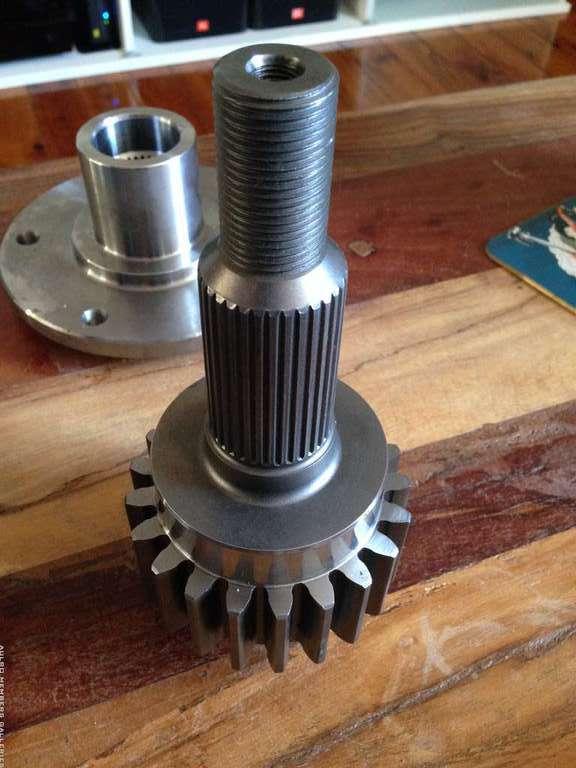With a pair of taper roller bearings you need to project lines from the contact between rollers and races find where they intersect and then compare this to the resultant of the forces acting upon the wheel (radial and side loads). The offset of the wheel in relation to its mounting flange will affect where the resultant is.
The greater the bearing separation the more certain/likely the resultant of the loads will be between the bearings. This is why I like the old (pre 90's) Land Rover spindles with their wider spaced wheel bearings.
It is not wise to speculate without knowing the wheel offset, in relation to the position of the unit bearing.





 Reply With Quote
Reply With Quote



Bookmarks